The Ultimate Guide to Modern Data Quality Management (DQM) For An Effective Data Quality Control Driven by The Right Metrics
datapine
SEPTEMBER 29, 2022
Engineered to be the “Swiss Army Knife” of data development, these processes prepare your organization to face the challenges of digital age data, wherever and whenever they appear. Data quality refers to the assessment of the information you have, relative to its purpose and its ability to serve that purpose.

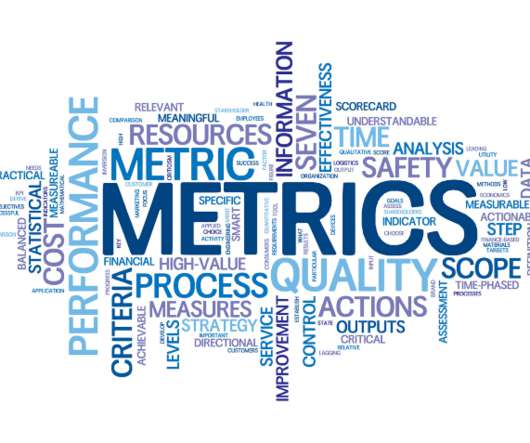


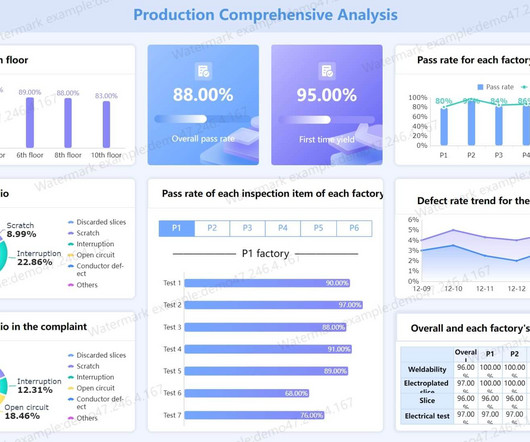







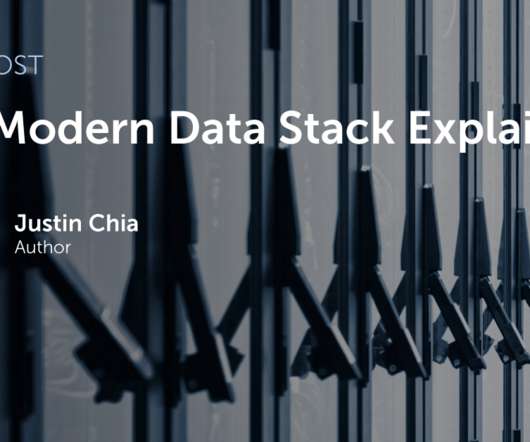

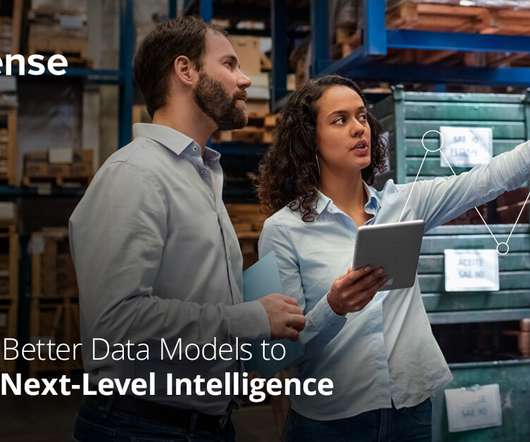




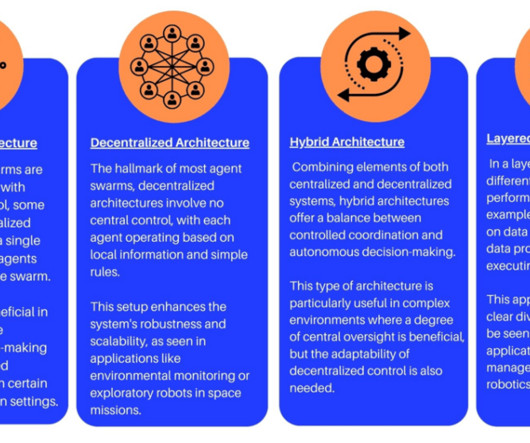








Let's personalize your content